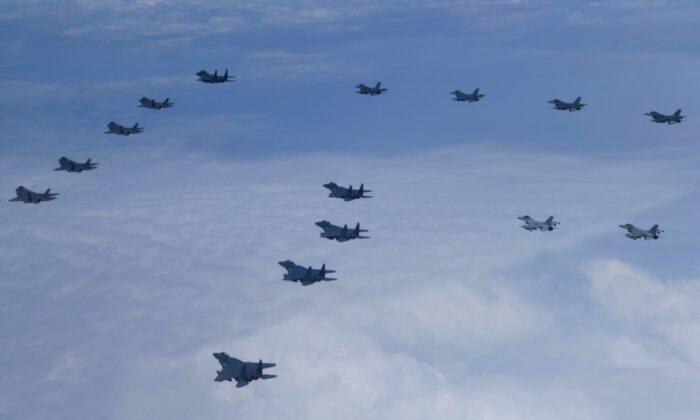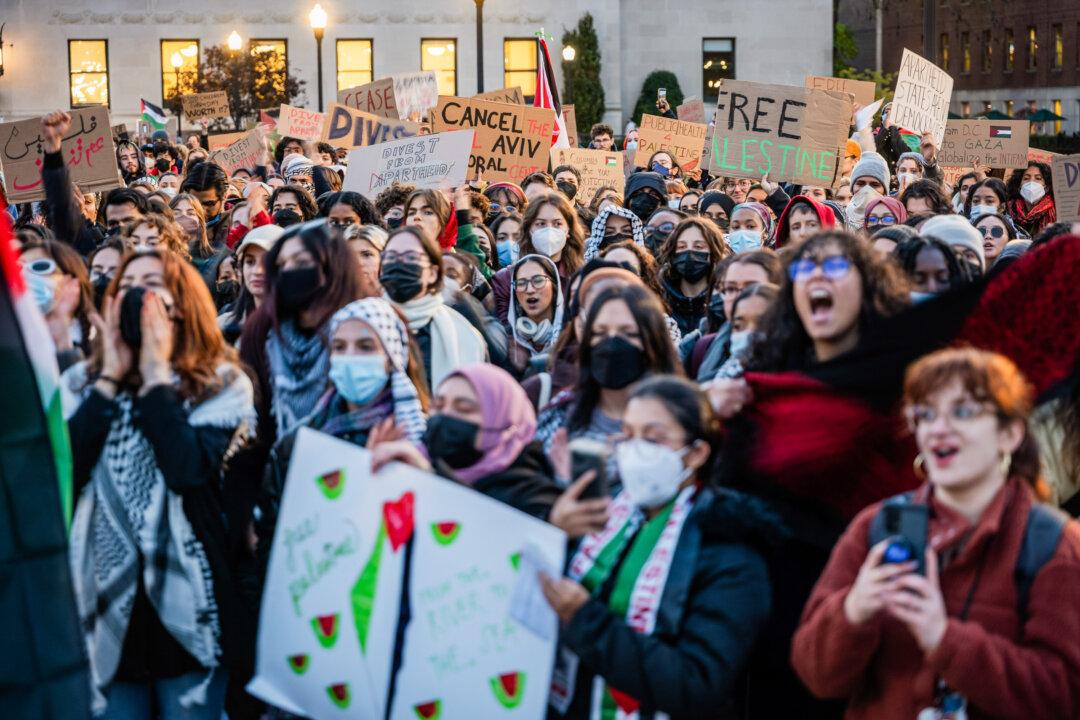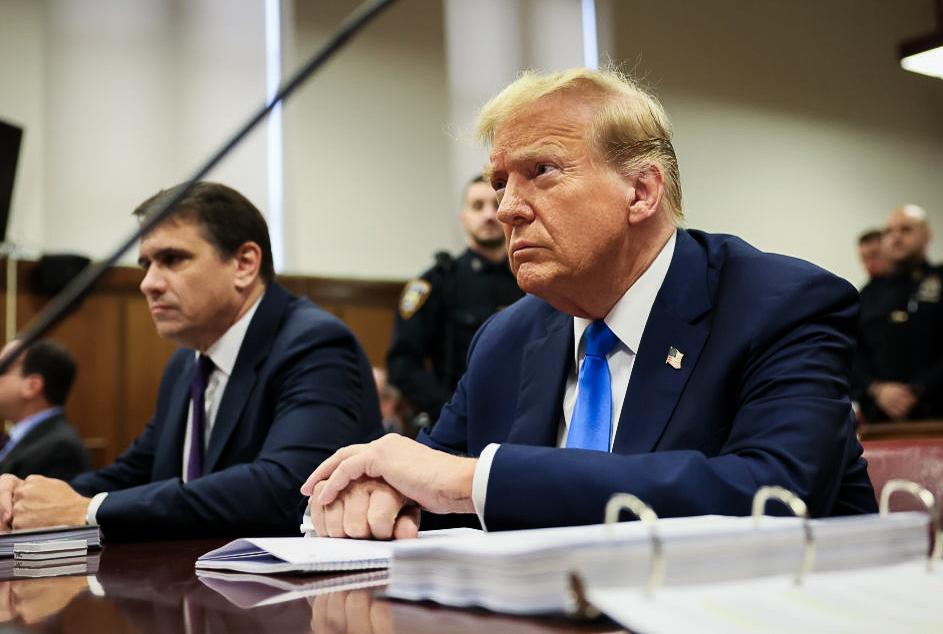The United States and South Korea will hold a large-scale joint air exercise involving 240 military aircraft next week to bolster their combat readiness amid North Korea’s ongoing missile provocations.
“Support forces on the ground will also train their base defense procedures and survivability in case of attack,” it added.
The drill will involve 240 aircraft, 140 of which will be from South Korea, including its F-35A stealth jets and F-15K and KF-16 fighters. The U.S. will deploy its F-35B jets, EA-18 electronic warfare aircraft, and KC-135 tankers.
The Australian Air Force will also deploy a KC-30A air refueling tanker during the joint drill, according to the U.S. Air Force.
“This year’s event will strengthen the operational and tactical capabilities of combined air operations and enhance our strong combined defense posture,” it stated.
The drill was first conducted in 2015 under the name “Vigilant Ace,” but it was later suspended in 2018 as the former Moon Jae-in administration sought to restart denuclearization talks with North Korea.
President Yoon Suk-yeol, who took office in May, sought a tougher stance on North Korea and a stronger U.S. security commitment to the country’s defense as North Korea escalated its missile launches this year.
South Korea Plans to ‘Change Strategy’
Speaking at a committee meeting on Wednesday, South Korean Defense Minister Lee Jong-sup said that South Korea’s approach to the North Korean nuclear threat should shift from prevention to deterrence.“The priority should be on deterring the use of nuclear weapons by giving them a clear sense that if North Korea attempts to use nuclear weapons, it will bring about an end to the North Korean regime, and it will disappear completely,” he added.
Lee said that South Korea has been in talks with Washington to expand the scope of their intelligence sharing, exercises, and South Korea’s use of U.S. military assets under the extended deterrence strategy.
“We should have capabilities to watch all of [North Korean military’s] moves starting from pre-launch stages so as to neutralize them in advance physically or non-physically,” he added.






Friends Read Free